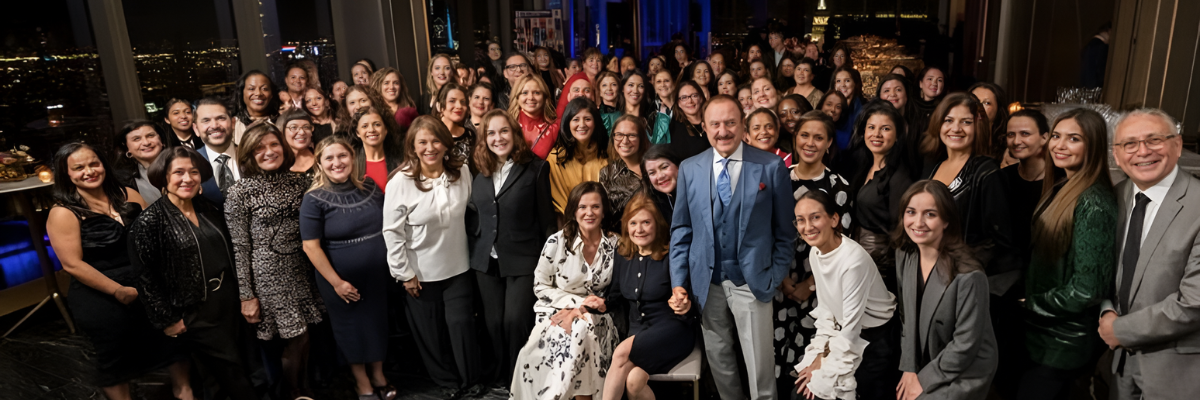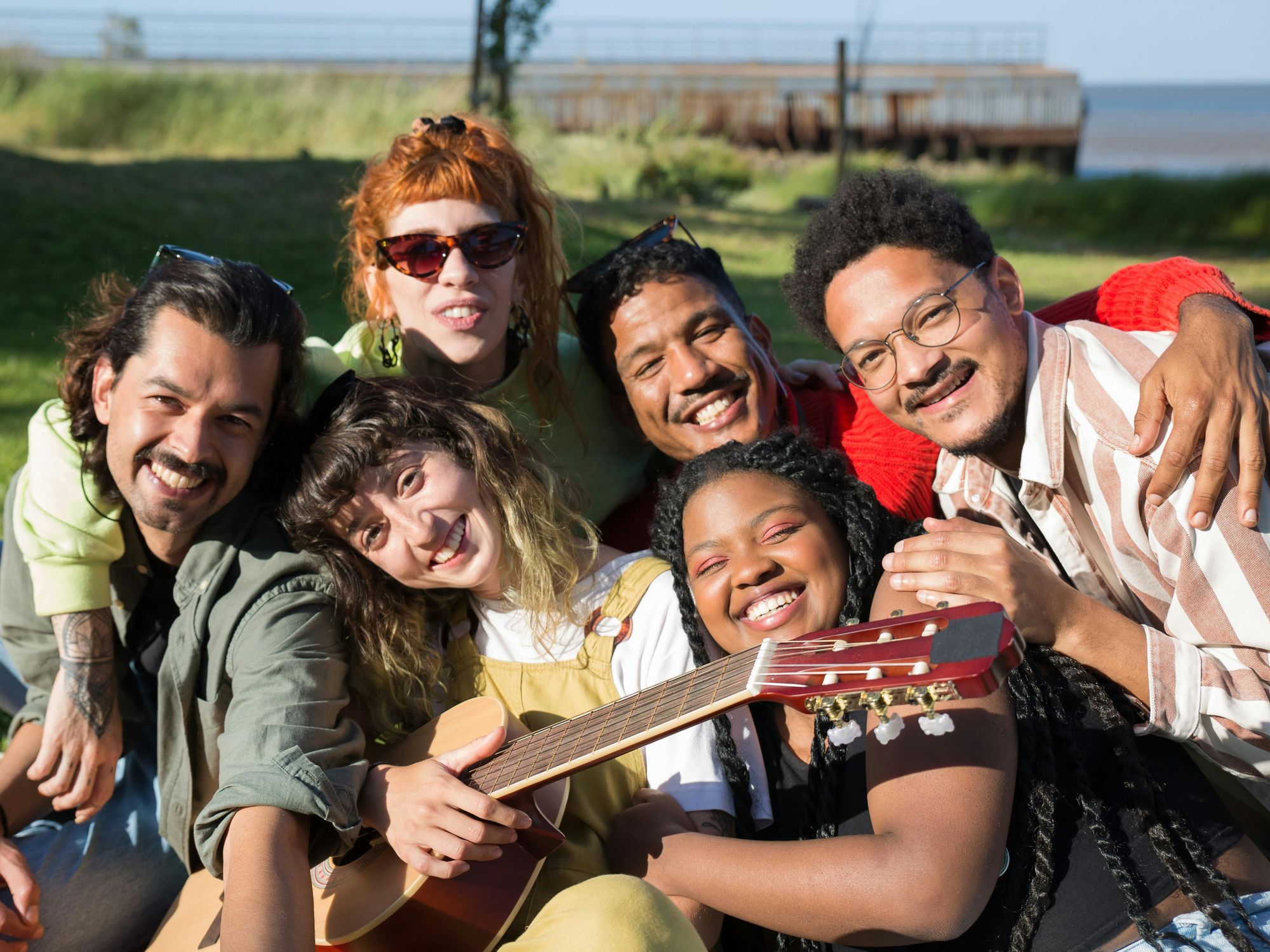Sweet and Savage: Exploring the Cake Smashing Ritual of La Mordida

The Mexican tradition of smashing the birthday person's face into their birthday cake is known as "La Mordida," which translates to "The Bite." This playful and messy custom is a popular way to celebrate birthdays in Mexico. But where did this tradition come from, and is it popular?
Mexican actress Salma Hayek is probably the most high-profile ambassador of the tradition having posted about it on social media a few times, and even teaching her “Eternals” co-star Angelina Jolie about the tradition.
The origins of the "La Mordida" tradition aren’t very well known, but it’s widely accepted that the practice has a deeply rooted place in Mexican celebrations. There are all kinds of theories of where it may have come from. One is that it may have been influenced by indigenous traditions, such as the Aztec and Maya civilizations, which had their own unique ways of celebrating special occasions. In these ancient cultures, rituals and ceremonies often involved elements of humor, playfulness, and sometimes even a bit of mischief.
Another theory is that "La Mordida" may have been influenced by the European custom of shoving the birthday person's face into the cake, believed to have been brought over by Spanish conquistadors during the colonization period. There isn’t much data to corroborate this one, so this theory is as good as any.
However, putting cake on people’s faces or heads in some European customs do have historical roots. Ancient Roman wedding ceremonies were finalized by breaking a cake of wheat or barley over the bride's head as a symbol of good fortune, according to the food studies journal Gastronomica. This practice could have a connection to the tradition of smashing just-married people’s faces into their wedding cakes but unless that custom made its way to Spain, then Latin America, it’s hard to make the definitive connection to the Mordida we see today.
It's important to note that while "La Mordida" is a popular and cherished tradition in Mexico, it’s not without its critiques. The extent to which it is carried out can vary from one celebration to another, and many people choose not to include it in their birthday festivities finding it distasteful or rude.
The most recent mordida Instagram post by unofficial La Mordida ambassador Salma Hayek featured her elderly father’s face being pushed into his birthday cake with an excruciatingly slow response from him in getting his face out.
With over 1900 comments on the post, many had their critiques, and also their questions. There are many who disagree with the tradition calling it crude and outdated but more who happily participate in the custom.
How does La Mordida work?
During a birthday party in Mexico, a cake is presented for the birthday person. Just like in many other parts of the world, the guests gather around the cake while singing a birthday song, in this case, "Las Mañanitas" or the traditional Mexican birthday song. Before the birthday person blows out the candles, they make a silent wish while the guests sing.
After the candles are blown out, guests start chanting, “mordida, mordida, mordida!” The idea is to take a "bite" of the cake but instead, guests push the birthday person’s face into the cake. This is often done by a friend or a family member who seizes the opportunity for a surprise attack.
As the birthday person's face gets covered in cake, there’s laughter and cheering. It's all in good fun, and everyone enjoys the spectacle - except sometimes the birthday person.
The Tradition Continues
Sometimes the pushing of the face into the cake can be overly aggressive, and the tradition has even resulted in accidents. In 2022 a woman reported that her friend nearly lost an eye after her face was shoved into a cake being held together by wooden stakes. Another birthday person's face didn't quite make it into the cake.
#Viral | \u00a1Cuidado al dar mordida al pastel! Mujer casi pierde un ojo durante su fiesta pues fue empujada por los invitados al dar mordida al pastel y... \u00a1Sorpresa! \n\nEn la pasteler\u00eda le hab\u00edan agregado palillos para unir los pisos del pastel y nunca notificaron a la cliente.— (@)
tortazo de cumpleaños (FAIL)youtu.be
There are examples all over the internet of when it's not dangerous and instead, it's just a hilariously good time, with some birthday people just accepting the inevitable and doing it themselves.
chava embarrada de pastelyoutu.be
Mordida Pastelyoutu.be
The tradition of "La Mordida" is lighthearted and is meant to bring joy and laughter to the celebration. It's a way for the birthday person and their guests to share a memorable and amusing moment during the party. While it might not be suitable for every birthday celebration, it's a fun and unique custom that many Mexicans embrace to make their special day even more entertaining.














